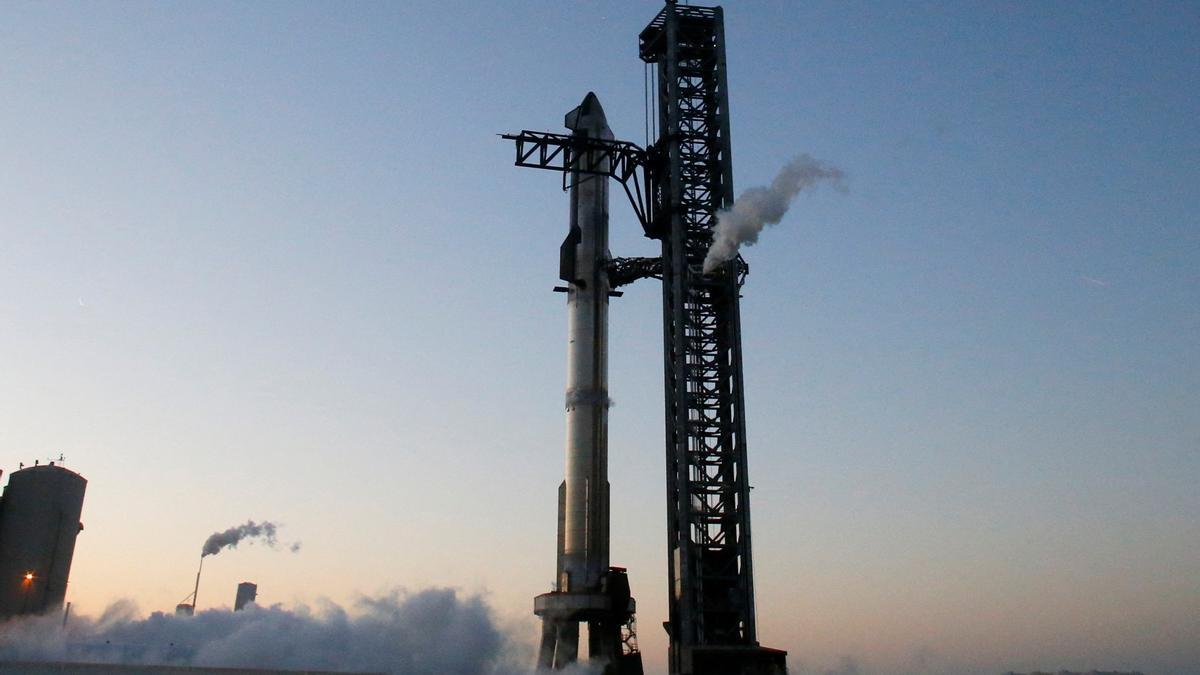It would be the fourth time that it has been attempted to be put into orbit after being delayed on the three previous occasions.
The SpaceX company will try again to launch its Falcon 9 Heavy rocket to put the satellites of the telecommunications companies Astranis and ViaSat, which has had to be postponed three times.
For Sunday there is an 80% probability that the weather conditions in Cape Canaveral (Florida) will be favorable, the private space company published on Twitter. On Friday, with 59 seconds left for liftoff, scheduled for 8:26 p.m. (0026 GMT) from Pad 39A at NASA’s Kennedy Space Center in Florida, SpaceX decided abort launch for unknown causes.
Previously, the launches had been canceled on the 26th and 27th due to the bad weather conditions in the area. The window for the launch of Sunday April 30 is 57 minutes and opens at 19:29 local time (23.29 GMT).
The two satellites that will carry the powerful Falcon 8 Heavy will be placed in geostationary orbit, that is, at about 35,000 kilometers above the equatorial line, about five hours after takeoff. The main payload is the ViaSat-3 Americas satellite, about 12,000 pounds (5,400 kilograms) in weight and about the size of a school bus, made by California-based internet and communications firm ViaSat.
Related news
The other is the Arcturus satellite from the Astranis firm, weighing just over 300 kilos and which will provide high-speed connectivity in and around the Alaskan region, according to the company. The Falcon Heavy consists of three Falcon 9 rocket cores that form a compact propeller that rises powered by 27 Merlin engines and with the power of 18 commercial airplanes.
According to SpaceX, the Falcon Heavy is considered one of the most powerful operational rockets in the world and can lift nearly 64 metric tons into orbit. This 70 meter high and 12 meter wide rocket made its first test flight in 2018, when it put a Tesla car into space, which was followed by four other launches, the last of which was with the classified mission USSF- 67 made in January of this year on behalf of the US Space Force.

